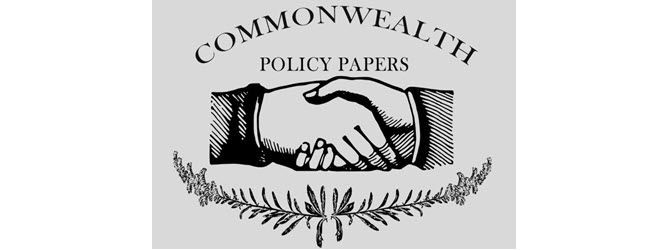
Abstract
Years before the COVID-19 pandemic brought on a health care shortage in Kentucky, its rural areas were already struggling to obtain and attract primary care medical practitioners. Even though the number of medical school graduates in the U.S. has steadily increased throughout the years, there is a general disinterest in rural or small-town practice, and legislators throughout the country have pondered ways to address this issue plaguing communities. Versions of Preceptor Tax Incentive legislation in Kentucky have been proposed in the General Assembly to address care shortages in the state, however, all have been unsuccessful at truly targeting rural areas where preceptors are needed the most.
After interviews with Kentucky and Georgia policymakers, Kentucky AHEC officials, medical providers, and other stakeholders, we concluded that a more targeted approach to preceptor tax incentive legislation was needed using Primary Care Health Professional Shortage Areas (HPSAs), which are geographic areas, population groups, or health care facilities that have been designated by the Health Resources and Services Administration as having a shortage of primary care health professionals. This new structure creates a nonrefundable income tax credit to be claimed by any non-compensated, community-based, Kentucky-licensed primary care preceptor practicing in one of Kentucky’s HRSA-designated Primary Care Health Professional Shortage Areas (HPSAs) and supervising 3rd and 4th year medical/osteopathic students, physician assistant students, and advanced practice registered nurse students. Since research shows that where medical students do their clinical rotations influences where they ultimately decide to practice, it is vital that there are plenty of primary care preceptors in rural and underserved areas to expose students to this kind of unique work environment. Increasing the number of primary care preceptors in rural communities would curb primary care shortages in the long-term and lead more medical students to practice in these areas once they graduate.
Published briefs in the Commonwealth Policy papers are intended to provide specific examples of novel policies which may be applicable in multiple states and provinces of the U.S., in addition to providing “trickle up” solutions to the Congressional level.
Recommended Citation
Mattingly, Julia; Belcher, Sarah; and Kessler, Samuel C.
(2022)
"A Geographically Targeted Approach for a Preceptor Tax Incentive Using Primary Care Health Professional Shortage Areas (HPSAs),"
Commonwealth Policy Papers: Vol. 1:
Iss.
1, Article 1.
Available at:
https://ir.library.louisville.edu/cpp/vol1/iss1/1
Included in
American Politics Commons, Health Law and Policy Commons, Health Policy Commons, Health Services Administration Commons, Health Services Research Commons, Law and Economics Commons, Legal Writing and Research Commons, Legislation Commons, Medical Education Commons, Models and Methods Commons, Policy Design, Analysis, and Evaluation Commons, Public Policy Commons, Tax Law Commons
